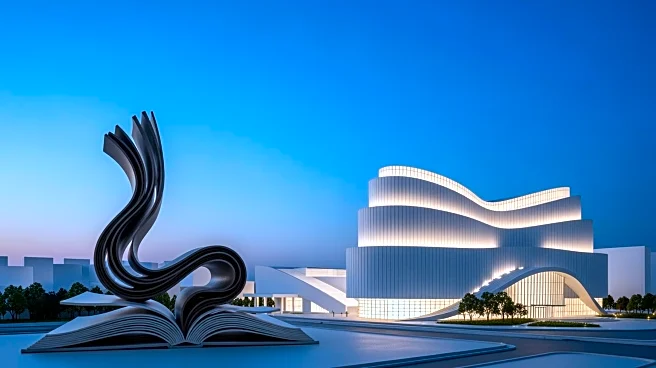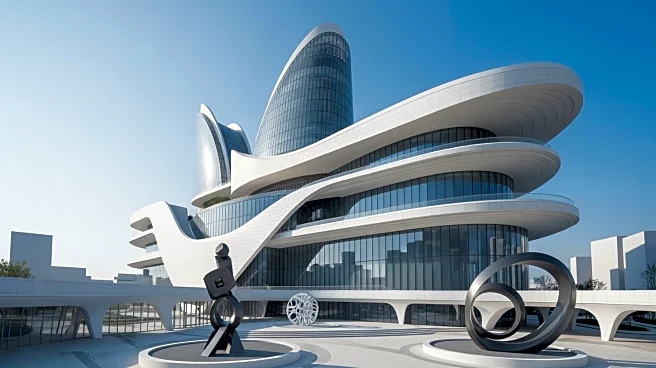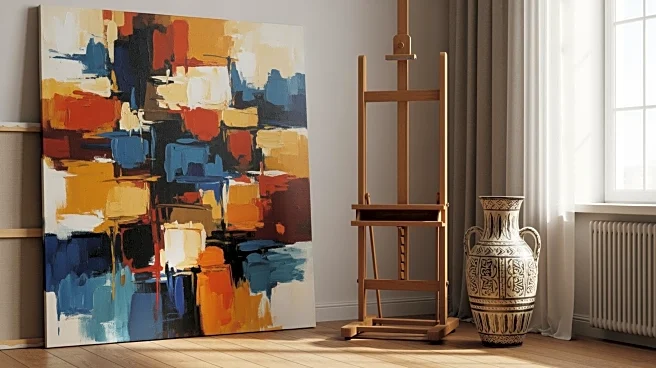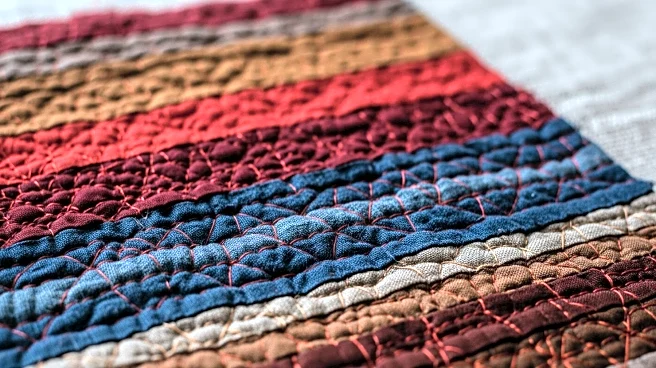What's Happening?
The Lucas Museum of Narrative Art, founded by George Lucas and Mellody Hobson, is set to open on September 22, 2026, in Los Angeles' Exposition Park. Designed by Ma Yansong of MAD, the museum aims to explore
the connection between stories and human experience through its permanent collection of over 40,000 works. The museum's 35 galleries, occupying 100,000 square feet, will feature a diverse range of narrative art, including mural paintings, comic art, children's book illustrations, and cinematic artifacts. The museum's mission is to present art as a universal language that reflects everyday beliefs and humanity.
Why It's Important?
The opening of the Lucas Museum of Narrative Art represents a significant addition to Los Angeles' cultural landscape, offering a unique venue for exploring narrative art's role in society. By showcasing a wide array of artistic expressions, the museum provides an opportunity for visitors to engage with art that reflects diverse human experiences. This initiative not only enriches the local arts scene but also positions Los Angeles as a hub for cultural and artistic innovation, potentially attracting tourists and art enthusiasts from around the world.
What's Next?
As the museum prepares for its opening, it is likely to engage with local communities and educational institutions to foster partnerships and programs that enhance public understanding of narrative art. The museum may also host events and exhibitions that highlight the works of contemporary artists, further expanding its influence and reach. Additionally, the museum's presence in Exposition Park could stimulate economic activity in the area, benefiting local businesses and contributing to the city's cultural tourism sector.
Beyond the Headlines
The Lucas Museum's focus on narrative art underscores the importance of storytelling in shaping cultural identities and societal values. By presenting art as a reflection of human beliefs and experiences, the museum encourages visitors to consider the ethical and cultural dimensions of storytelling. This approach may inspire discussions on the role of art in addressing social issues and fostering empathy and understanding across different communities.












